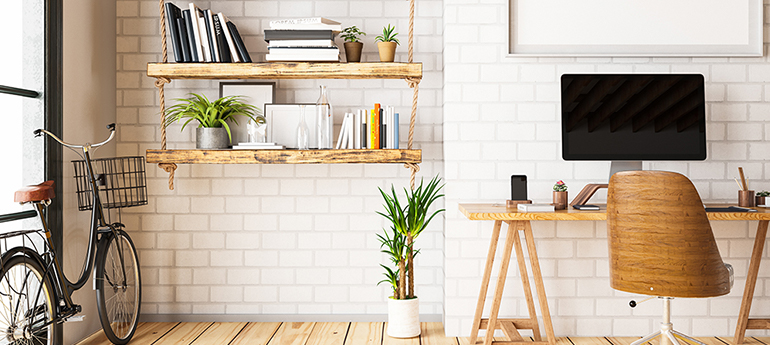As the workplace evolves, so does workplace strategy

Just a few short months ago, only one in ten of us worked from home. In different times, a small swing of the dial to just 20% homeworking would have been the subject of endless focus groups cautiously piloting, studying and improving the experience.
But during COVID-19, evolutionary processes have been cast aside and we have all jumped on the work-from-home bus, often without the strategies or policies to support it. Many people have discovered the benefits of working from home – no lengthy commutes; a more controlled environment; no travelling to meetings, conferences and events; no disturbance from colleagues and no wasting time dressing for work. But is this bus taking us to a better place? A place where the office becomes a thing of the past and knowledge workers ply their trades from their homes and over video calls and webinars?
There must be a healthy degree of caution here. Structures built on poor foundations are fragile and prone to collapse. So, whilst our technology platforms have generally stood up well, our management and HR practices have some way to go. A concern voiced by some organisations is that, whilst pre-existing activities, processes and routines have adapted well, innovation and change have been difficult. Similarly, the opportunities to learn from others – whether through formal mentoring, chance encounters or the post-meeting chat - have been curtailed. At an individual level, the fragility of this new system extends to a decline in performance resulting from feelings of isolation and the distractions of home. As organisations start re-opening their offices and shifting the centre of gravity of the workforce, managers will have to be at the top of their games to enable their people to be at the top of theirs.
And what about the trusty old office: abandoned and now patched up to return to front line service, but only at 20-50% capacity, with many companies taking a phased approach to their return and implementing practices like shift working that enable social distancing. But that same workplace has evolved over the last 200 years (the East India Company’s London office in 1822 was apparently one of the first offices) of societal, industrial, and technological change. The office enables people to meet face-to-face, socialise and build trust. It is also an ideal place for people to work together, solve problems, build consensus and jointly take on new challenges.
The current home workplace cannot yet meet these needs; and, in the absence of alternatives, the office will continue to be a vital workplace – although we should rethink how we use it, where and what it should be and how much of it we need.
Ultimately, there is a hybrid model to consider. We also believe that the home (subject to individuals’ personal circumstances) will also be very much a part of the future workplace. Whether at the office or at home, modern workforces will require the right supporting technology, management, and HR practices to thrive in a very different world. Providing flexibility and choice are key to creating resilient, sustainable workplaces that, with the best management and right technology, truly empower people. This will be central to winning the war on talent in the future.
Moving forward from the premise that both the office and the home have their places in the ecology of our work, we need to consider the return on investment – whether that return is the contribution to the company’s bottom line, to the health and wellbeing of its people, to the fabric of society or the added value to the overall economy, or some combination of all four. However, if this cost-benefit assessment is to have any meaning, “work” needs to be defined in the context of each organisation and the extent to which each alternative workplace can provide the appropriate setting to enable people to do their best work. This is no easy task – made even tougher by the pace at which automation and AI are being introduced into our traditional work - but it is vital. The best offices, homes, theatres and stadia are just that because their owners and designers invested huge time and effort in thinking carefully through their purpose, how they were going to fulfil these and constantly challenging themselves until they got it right.
The 2020 mass home-working experiment has very quickly taken us to a place that we were not prepared to be. As we return, will we risk falling into the past or will we dare to create a new future? The shift has happened and the workforce will demand that the workplace does too.
For more information, contact: Brent Kingdon, Principal & Practice Leader, Project Management Services (Canada), Shelley Corallo, Senior Project Manager (Canada) and Chris Dumas, Principal, Project Management (U.K.).
The spread of COVID-19 and the containment policies being introduced are changing rapidly. While information included is current as of the date written, the views expressed herein are subject to change and may not reflect the latest opinion of Avison Young. Like all of you, Avison Young relies on government and related sources for information on the COVID-19 outbreak. We have provided links to some of these sources, which provide regularly updated information on the COVID-19 outbreak. The content provided herein is not intended as investment, tax, financial or legal advice and should not be relied on as such.
